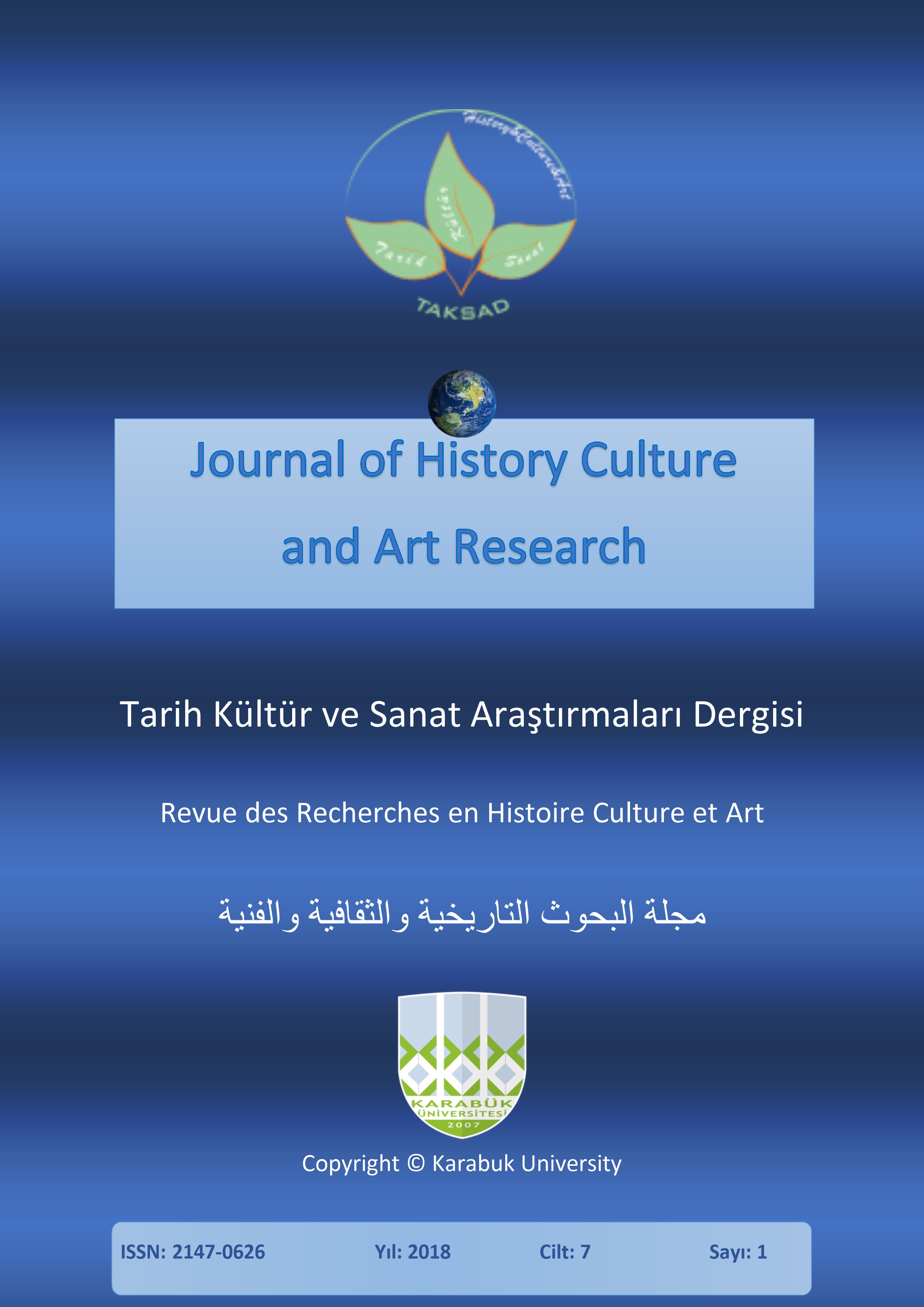Environmental Conditionality of the Kalmyk Nomadic Economy
DOI:
https://doi.org/10.7596/taksad.v7i1.1459Keywords:
Nomadic farming, Environmental conditionality, Kalmyks, Kalmyk uluses, Livestock farming, Market conditions.Abstract
The development of the Kalmyk farming in the late 19th – early 20th centuries is analyzed in the present article. Special attention is paid to the problem of effective management in arid climate and marketization of the region. The article considers the indicators of Kalmyk nomadic farming development, estimates stocking level in the period under review and establishes the impact of market conditions on nomadic farming development. The article employs a wide range of sources and literature. The results demonstrate that the Kalmyk cattle-breeders ran their farms efficiently in arid climate taking market fluctuations into account. That was the indication of sufficient economic efficiency and ecological suitability of that type of economic management in the late 19th – early 20th centuries.
References
Badmakhalgaev, L. T. (2003). Economy of Kalmykia: evolution and potential of sustainable development. Elista: Dzhangar publishing.
Bold, B. O. (1996). Socio-economic segmentation - "Khot-Ail" in nomadic livestock keeping of Mongolia. Nomadic Peoples, 69-86.
History of Kalmykia from ancient times to the present (in three volumes) (2009). Elista: Gerel Publishing House.
Humphrey, C. (1978). Pastoral nomadism in Mongolia: The role of herdsmen's cooperatives in the national economy. Development and Change, 9(1), 133-160.
Komandzhaev, A. N. (1999). Economy and social relations in Kalmykia in the late 19th – early 20th centuries: historical experience and contemporaneity. Elista: Dzhangar publishing.
Kradin, N. N. (2008). Early state theory and the evolution of pastoral nomads. Social Evolution and History, 7(1), 107-130.
Martin, V. (2010). Kazakh Chinggisids, land and political power in the nineteenth century: a case study of Syrymbet. Central Asian Survey, 29(1), 79-102.
Materials of the statistical-economic and natural-historical research on the Kalmyk steppe of the Astrakhan province, in 2 parts (1910). Astrakhan.
Russian State Historical Archive of the Republic of Kalmykia, fund 1291, inventory 84, file 129, sheet 19.
Vasjutin, S. A. (2003). Typology of pre-states and statehood systems of nomads. Nomadic Pathways in Social Evolution, 50-62.
Zhang, M. D. A.; Borjigin, E. & Zhang H. (2007). Mongolian nomadic culture and ecological culture: On the ecological reconstruction in the agro-pastoral mosaic zone in Northern China. Ecological Economics, 62(1), 19-26.
Zhitetsky, I. A. (1891). Forms of labor of the Astrakhan Kalmyks. The 1889 report of Petrovskiy society of the Astrakhan province researchers, (pp. 31-35). Astrakhan.
Downloads
Published
How to Cite
Issue
Section
License
All papers licensed under Creative Commons 4.0 CC-BY.- Share — copy and redistribute the material in any medium or format
- Adapt — remix, transform, and build upon the material for any purpose, even commercially.
Under the following terms:
Attribution — You must give appropriate credit, provide a link to the license, and indicate if changes were made. You may do so in any reasonable manner, but not in any way that suggests the licensor endorses you or your use.
- No additional restrictions — You may not apply legal terms or technological measures that legally restrict others from doing anything the license permits.







